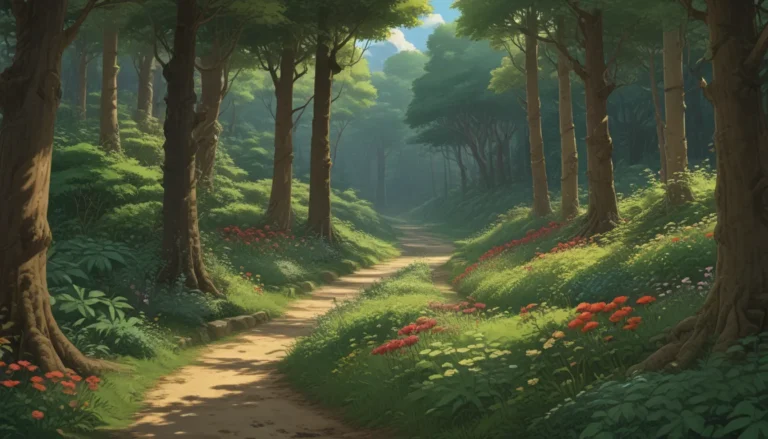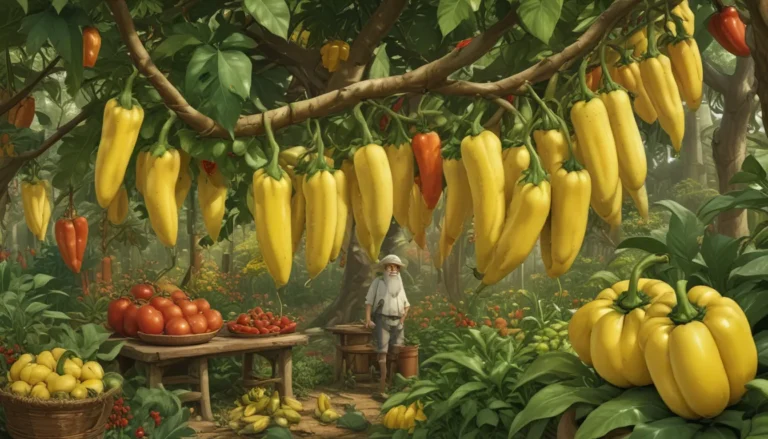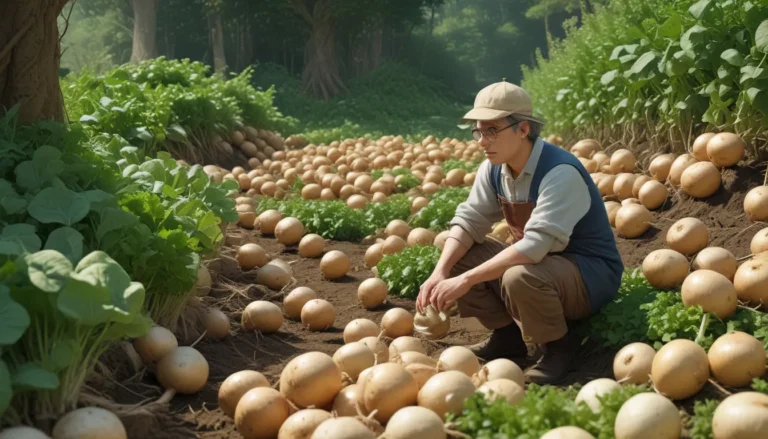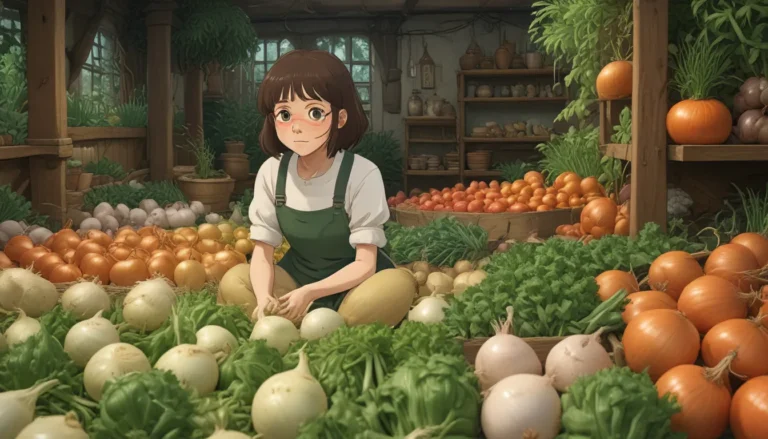Comprehensive Guide on Growing Five Spot Flowers

Are you looking to add a pop of color to your garden? If so, five spot flowers, also known as Nemophila maculata, might be the perfect addition. These herbaceous annuals belong to the Boraginaceae family, alongside borage and forget-me-nots. Native to California, these plants are perfect for those looking to create a vibrant garden full of beautiful blooms.
In this comprehensive guide, we will cover everything you need to know about growing five spot flowers in your garden. Whether you are an experienced gardener or a newbie looking to add some color to your outdoor space, this article has got you covered.
Getting to Know Five Spot Flowers
Before we dive into the nitty-gritty of cultivating five spot flowers, let’s take a moment to appreciate these stunning blooms. These upward-facing flowers feature a cup-like shape, with each of the five white petals sporting a signature blue-to-purple spot at the tip. They bloom profusely in mid-spring in warmer climates and throughout the summer in cooler regions.
Native to California, five spot flowers are commonly found in lower elevations where the ground is loose and moist. These plants thrive in a temperature range of 55 to 65°F, making them ideal for a variety of growing conditions.
What You’ll Learn
Here’s an overview of what you can expect to learn in this guide:
- Cultivation and History
- Propagation
- How to Grow
- Growing Tips
- Maintenance
- Where to Buy
- Managing Pests and Disease
- Best Uses
- Quick Reference Growing Guide
Cultivation and History
Five spot flowers are known for their resilience and ability to naturalize in a variety of environments. Their small blossoms, measuring up to one and three-quarter inches in diameter, make for a striking visual display, especially when planted in mass. These plants are fast spreaders, creating a dense, carpet-like ground coverage in your garden.
Unlike some wildflowers, five spot flowers do not transplant well. Therefore, it is best to start them from seeds rather than attempting to move established plants. You can find these seeds in wildflower mixes or purchase them individually for your garden.
Five Spot Propagation
To propagate five spot flowers, start by collecting seeds at the end of the season or purchasing them from a reputable nursery. Direct sow the seeds in late summer to late fall in warmer zones and in early spring in cooler regions after the last average frost date has passed.
It is essential to provide the seeds with the right growing conditions to ensure successful germination. By following a few simple steps, you can kickstart the growth of these beautiful blooms in your garden.
- Start seeds indoors six to eight weeks before the last frost date
- Use biodegradable seed starter pots for indoor germination
- Surface sow seeds and maintain even moisture during the germination process
- Transplant seedlings once they have at least two true leaves
By following these propagation tips, you can establish a thriving population of five spot flowers in your garden.
How to Grow Five Spot
When it comes to growing five spot flowers, it is essential to choose the right location and provide the plants with adequate care. These plants prefer full sun in cooler zones and light afternoon shade in warmer regions.
Ensure the soil is loose, well-draining, and rich in organic matter to support healthy growth. Water the plants regularly, especially during dry periods, to keep the soil moist but not waterlogged. Avoid overwatering, as these plants are not tolerant of dry conditions.
By following these simple steps, you can create an ideal environment for your five spot flowers to thrive and bloom abundantly.
Growing Tips
To ensure the success of your five spot flowers, keep these essential growing tips in mind:
- Choose a sunny location with well-draining soil
- Water regularly to maintain even moisture levels
- Expect spring blooms in hot, humid regions and spring-to-frost flowers in cooler climates
By following these tips, you can help your five spot flowers grow and flourish throughout the growing season.
Maintenance
Maintaining five spot flowers is relatively straightforward, requiring moderate care and attention. Keep the soil evenly moist by watering the plants regularly and removing spent flowers to encourage more blooming.
At the end of the season, clear away any debris to prevent the spread of pests and diseases. If you notice any signs of infestation, consider relocating the plants to a new location the following year to prevent recurrence.
By staying on top of maintenance tasks, you can ensure the health and vitality of your five spot flowers year after year.
Where to Buy Five Spot
Five spot flowers are readily available from nurseries and online retailers. While there are no cultivated varieties of this species, you can purchase the straight species in various package sizes to suit your needs.
Choose from small starter packets to larger quantities depending on the scale of your garden. Consider buying your five spot seeds from reputable suppliers to ensure quality and reliability.
Managing Pests and Disease
While five spot flowers are relatively resistant to pests and diseases, it is essential to monitor your plants regularly for signs of trouble. Look out for common pests like aphids, slugs, and spider mites, as well as fungal diseases such as downy mildew and powdery mildew.
Address pest and disease issues promptly by applying organic treatments like neem oil to control infestations and prevent further damage. By practicing good garden hygiene and proper plant care, you can keep your five spot flowers healthy and thriving.
Best Uses for Five Spot
Five spot flowers are versatile plants that can be used in a variety of garden settings. Whether you plant them in pollinator gardens to attract beneficial insects or use them as border edging along walkways, these plants are sure to make a statement in your outdoor space.
Consider planting five spot flowers in rockeries, containers, or as mass plantings for a bold visual impact. Pair them with other compatible wildflowers to create a cohesive and aesthetically pleasing garden display.
By incorporating five spot flowers into your landscape, you can enhance the beauty and biodiversity of your garden while enjoying the vibrant blooms they produce throughout the season.
Quick Reference Growing Guide
To help you get started with growing five spot flowers, here is a quick reference guide with essential information:
- Plant Type: Annual wildflower
- Flower / Foliage Color: White with blue to purple/green
- Native to: California
- Tolerance: Average soil, deer, partial shade
- Hardiness (USDA Zone): 3-10
- Soil Type: Sandy loam
- Season: Spring to summer
- Soil pH: 6.0-8.0
- Exposure: Full sun to part shade
- Soil Drainage: Well-draining
- Spacing: 6-12 inches
- Attracts: Bees, butterflies, hummingbirds, moths, and other beneficial pollinators
- Planting Depth: Surface sow (seeds), depth of existing container (transplants)
- Companion Planting: Baby blue eyes, California poppies, Chinese houses, clarkia, dudleya, gilia, lupine, penstemon
- Height: 6-12 inches
- Uses: Borders, containers, drifts, edging, hanging planters, mass planting, meadows, pollinator gardens, rockeries
- Spread: 6-12 inches
- Family: Boraginaceae
- Water Needs: Moderate
- Maintenance: Moderate
- Common Pests and Diseases: Aphids, slugs, spider mites; downy mildew, powdery mildew
- Species: Maculata
Five Stars for Five Spot
In conclusion, five spot flowers are a delightful addition to any garden, offering vibrant blooms and easy-care requirements. By following the guidelines outlined in this comprehensive guide, you can successfully grow and enjoy these beautiful plants in your outdoor space.
Whether you are a seasoned gardener or a beginner looking to add some color to your garden, five spot flowers are a fantastic choice. Their versatility, resilience, and aesthetic appeal make them a favorite among gardeners of all skill levels.
So why wait? Start growing five spot flowers in your garden today and experience the joy of nurturing these charming plants from seed to bloom. Share your thoughts and experiences with growing five spot flowers in the comments below and let us know how they have enhanced your outdoor living space.
For more information on native wildflowers and tips for creating a biodiverse garden, check out our recommended articles:
- 11 Native Blue Wildflowers for the Garden
- 15 of the Best Native Wildflowers for the US and Canada
- Birds, Bees, and Beauty: Tips for Growing a Native Wildflower Landscape at Home
By incorporating native wildflowers like five spot flowers into your garden, you can create a vibrant and ecologically friendly outdoor space that attracts pollinators and enhances the natural beauty of your surroundings.
Remember, gardening is a journey of discovery and growth, so don’t be afraid to experiment and try new things. Happy gardening!





